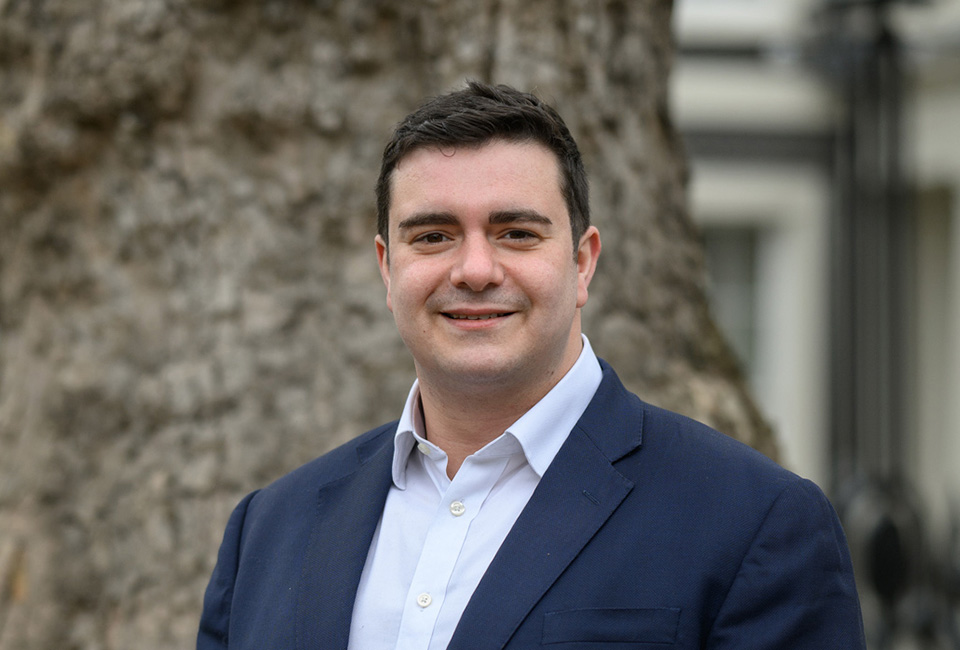Anthony Lorenz, Managing Director of commercial property agency Lorenz Consultancy, says 2024 will be the most uncertain market in his fifty-five-year industry experience.
Undoubtedly, recent global events – from the conflicts in Ukraine and Israel to the seismic impacts of the COVID-19 pandemic, Brexit, and the looming spectre of global warming – have cast a shadow of uncertainty across the UK property market.
In the aftermath of Brexit, the UK grapples with soaring inflation and interest rates, prompting a staggering 30% surge in building costs. The government faces the dilemma of borrowing more (which escalates national debt) or printing money, putting increased pressure on inflation.
Consequently, controlling inflation poses a significant challenge. Failure to do so could see inflation soaring to double figures, while interest rates are anticipated to hover around a higher range, than we have seen in recent years, possibly reaching around 7.5% before gradually falling to 2.5%.
The ramifications? A potential squeeze on disposable income, stagnant wages, and a ripple effect leading to increased bankruptcies and insolvencies and perhaps even national strikes and social disorder – a scenario that Lorenz believes is not limited to the UK alone.
Commercial Property Predictions for 2024
AI will boost employment
Artificial Intelligence is poised to revolutionise employment. Contrary to fears of job displacement, AI is anticipated to create new roles across various sectors, fuelling opportunities rather than replacing human jobs.
“Many people fear Artificial Intelligence, suggesting that it will take jobs away from people. I think quite the opposite. It will be a tool to help people do things better – not a replacement. It will likely create opportunities and the need for more staff.”
Anthony Lorenz, Lorenz Consultancy.
The end of ordinary offices
A surplus of approximately 30% in office spaces due to remote working and outdated buildings since Covid, signals a divergence. Prime properties will thrive with record-level rents, while less appealing secondary properties will linger until repurposed, driving a push towards top-spec CAT A+ offices (fully fitted and furnished by landlords).

Pre-lets will surge
Anticipate a surge in pre-lets for office developments due to strong demand and limited opportunities for best-quality stock. This arrangement involves agreements between landlords/developers and prospective tenants agreeing to enter into a lease at a date in the future based on agreed specifications of works and plans before a new building has been completed.
Serviced offices are here to stay
With remote work gaining traction, flexibility for most businesses and industries is key. Serviced offices, offering short-term leases, flexible renewals, small deposits, all-inclusive payment terms and comprehensive on-site facilities, are positioned as a stable choice in an uncertain business landscape.
Rising demand for specialised property
An upswing in educational institutions will create a need for more student housing. Consequently, a rise in students will fuel demand for bars and restaurants, leisure activities and hotels for visiting family and friends. Additionally, the burgeoning life sciences industry presents an opportunity for landlords to convert buildings, offering higher rents than traditional low-quality office spaces.

Leisure will peak
78% of millennials prefer experiences over products (according to this LinkedIn article) and with tighter budgets in 2024, consumers will be seeking more memorable activities. This shift is anticipated to fuel a rise in diverse leisure offerings, potentially breathing new life into struggling retail destinations.
Sustained Strength in Prime Sectors
Prime retail in London, as a global hub, remains resilient, driven by tourism and local affluence. Industrial real estate, especially last-mile delivery and storage, will stay robust, backed by evolving consumer demands.
In the landscape of 2024, prime commercial real estate – industrial, retail and serviced or Grade A+ offices – emerges as the primary focus. Keep an eye on the ascent of life sciences and educational markets, while perceiving secondary assets as potentially riskier propositions












